
Key Takeways
- Video digital asset management (VAM) helps businesses organize, search, and repurpose growing video libraries efficiently.
- Unlike general digital asset management (DAM) or cloud storage, video asset management tools offer time-stamped collaboration, AI-powered search, and video-specific workflows.
- Platforms like BrandLife, Bynder, Dash, and Cloudinary provide tailored features for teams of different sizes and needs to efficiently store and organize video assets.
- BrandLife simplifies video management with real-time collaboration, seamless integrations with creative apps, and full version control—plus a free plan for up to three users and one brand.
With video content becoming an essential part of marketing, product explanations, and customer engagement, businesses are increasingly facing the challenge of managing a growing library of video assets.
From high-definition marketing campaigns to social media reels, storing, organizing, and distributing video content can be complex without the right tools. This is where video digital asset management comes in.
It offers businesses the ability to streamline video workflows, enhance team collaboration, and ensure consistency across all platforms.
In this guide, we'll explore the importance of video asset management (VAM), how it differs from traditional digital asset management (DAM), and the key features and platforms designed specifically for managing video digital assets.
What Is Video Digital Asset Management?
As of 2025, 89% of businesses are utilizing video marketing, with 93% of marketers considering it a vital component of their overall strategy.
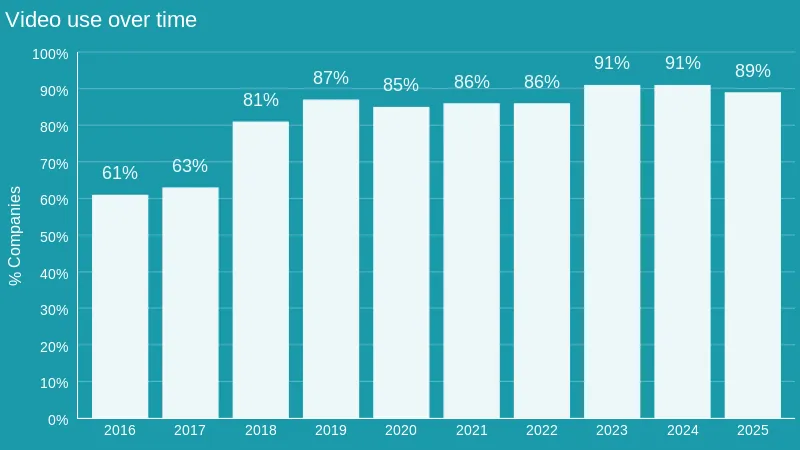
As video content continues to grow in importance, from marketing videos to training resources, businesses need a centralized system that can organize, tag, preview, and distribute video assets across teams and platforms.
So how does it differ from general digital asset management?
Traditional digital asset management systems are designed to store and organize a wide variety of digital assets such as images, audio files, and documents.
However, video files tend to be much larger than other types of content, and they require specific management techniques. This includes handling large file sizes, improving video searchability, and integrating video editing workflows seamlessly into the asset management system.
Video digital asset management systems, such as BrandLife, are specifically designed to address these challenges with features like video previewing, supporting multiple formats, and advanced search functionalities tailored to video assets.
DAM vs VAM: Which Should You Choose?
If your organization produces or uses both video and other types of content, you may be wondering whether to choose a general digital asset management solution or one specifically designed for handling videos.
The core difference between digital asset management and video digital asset management is:
When to choose video digital asset management over a traditional one
If your business creates, uses, or stores large volumes of video content, whether for marketing, training, or product demonstrations, a video digital asset management solution is essential.
Video digital asset management systems like BrandLife are optimized to handle video workflows. For instance, you can preview the most common video formats directly within BrandLife without needing to download them first, making it easy for teams to review content quickly.
Besides, you can tag, categorize, and add videos to collections with metadata and custom fields, making them super easy to find and manage across teams.

Such dedicated features in media asset management software keep video content organized, accessible, and compliant with brand guidelines.
5 Key Benefits of Video Asset Management Software
Besides storing and organizing video files, video asset management software enhances team collaboration, ensures proper file formats, and streamlines workflows.
Below are some key benefits that can help your business optimize video content management:
1. Centralized storage and organization
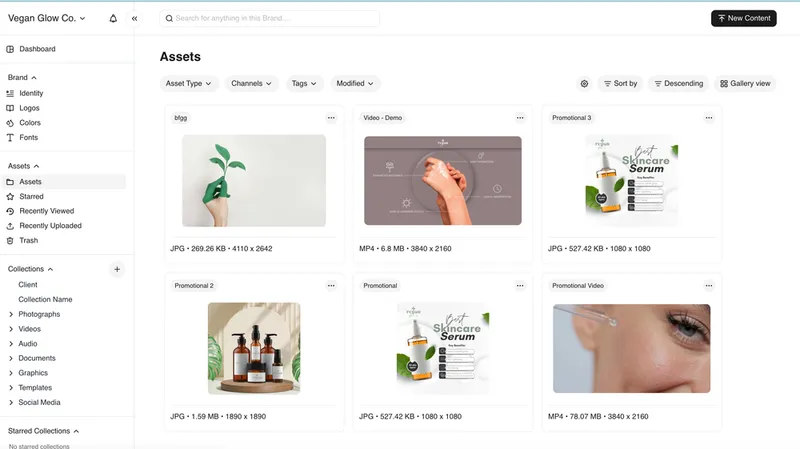
Centralized storage allows all your video assets to be housed in one easy-to-access platform, eliminating the chaos of using multiple storage solutions. With a centralized system, teams can access the most up-to-date video files instantly, ensuring consistency across all departments.
BrandLife, for instance, offers a comprehensive library where videos are stored in one place, allowing team members to organize them with metadata and custom fields for easy identification.
This prevents the confusion and inefficiency that come with scattered files across various platforms.
2. Faster retrieval and tagging of video files
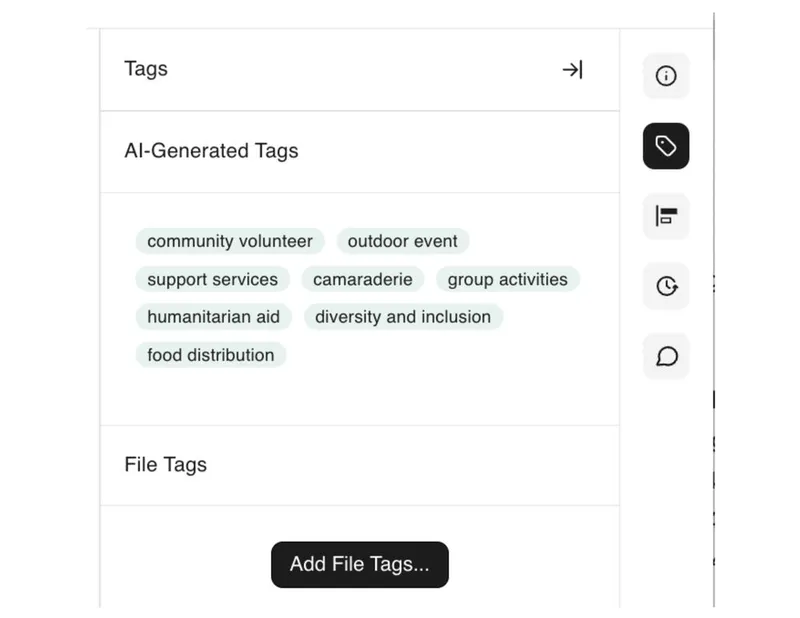
With advanced AI-powered tagging and search features, video asset management software allows teams to quickly retrieve videos based on keywords, metadata, or custom tags.
This significantly reduces the time spent searching for files, enabling teams to focus more on their creative tasks rather than administrative work.
BrandLife's AI-powered search helps users find specific video files faster, cutting the time spent searching by up to 50%. With videos tagged accurately during upload, the entire library becomes easily navigable, making it quicker to locate the right asset when needed.
3. Team collaboration and review features

Smooth collaboration is essential for delivering high-quality content on time. Video asset management software like BrandLife makes it easier for teams to collaborate on video content by enabling real-time commenting, feedback, and approval workflows.
Teams can leave time-stamped comments directly on videos, streamlining the review and approval process.
Whether working with video editors, content creators, or marketing teams spread across locations, this feature keeps feedback organized and tied to specific video moments—reducing miscommunication and accelerating project timelines.
4. Format compatibility and transcoding
Video files come in various formats, so your video asset management platform must support all major formats. BrandLife, for instance, supports a wide array of video formats such as mp4, mov, avi, and wmv, making it easier to manage video files without worrying about compatibility.
Additionally, transcoding capabilities are a key feature of video asset management software. These features allow users to convert video files into the necessary formats for different use cases, whether it's for social media platforms, websites, or internal presentations.
This ensures that videos are delivered in the right quality and format for each platform, without the need for additional software or manual adjustments.
5. Content governance and rights management
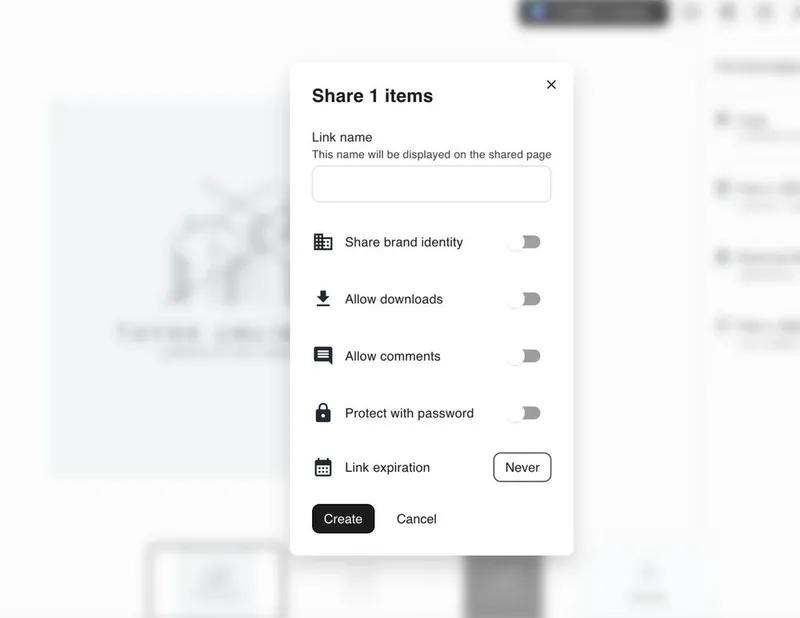
As video content grows in importance, so does the need to manage its usage rights effectively.
Video asset management software ensures that all video assets are compliant with licensing agreements and copyright regulations. With tools for tracking rights and permissions, businesses can control access to their video files, ensuring that only authorized personnel can view, edit, or distribute content.
BrandLife includes built-in content governance features such as version control and customizable user roles, making it easier for teams to enforce proper usage guidelines and avoid any unauthorized use of assets.
This reduces the risk of copyright violations and ensures that videos are used in accordance with internal policies.
Best Video Digital Asset Management Tools in 2025
Several media asset management software platforms cater to the specific needs of video asset management, along with the traditional digital assets needs. Here's a roundup of top contenders:
1. BrandLife
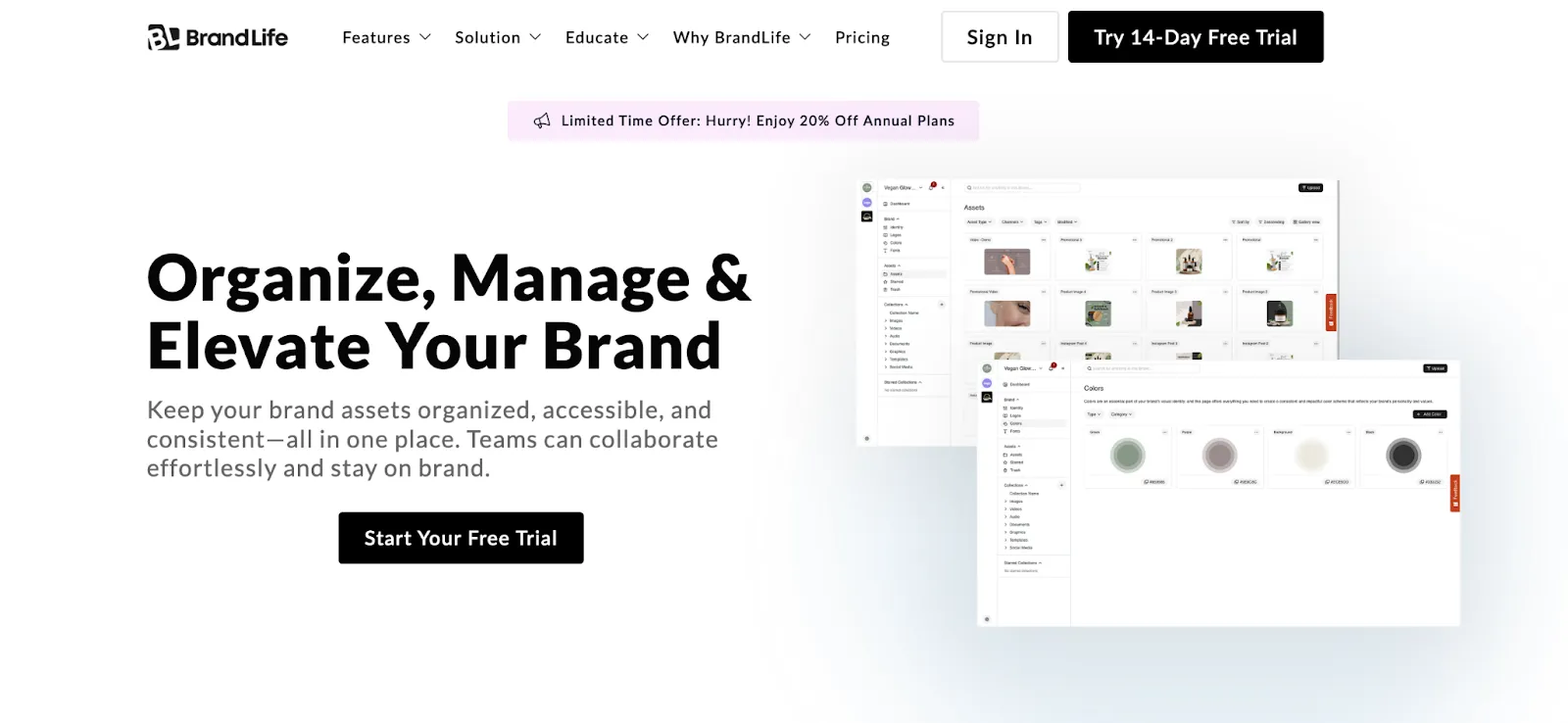
BrandLife’s digital asset management platform is equipped with essential features designed for seamless video management. Here are some of its key capabilities:
- Video previewing: Preview the most common video formats directly within BrandLife without the need to download them first.
- Supported video file formats: BrandLife supports a wide range of video formats, ensuring compatibility with various video types. Supported formats include:
- mp4
- avi
- Mov
- webm
- wmv
- Flv
- mkv
- Commenting & collaboration: Leave time-stamped comments directly on videos for streamlined feedback and approvals.
- Organization & searchability: Videos can be tagged, categorized, and added to collections with metadata and custom fields for easy asset retrieval.
2. Bynder

Bynder is a powerful digital asset management platform built for enterprise teams that need advanced branding capabilities. It offers robust video management, version control, and collaboration features designed to maintain brand consistency across global teams.
3. Dash
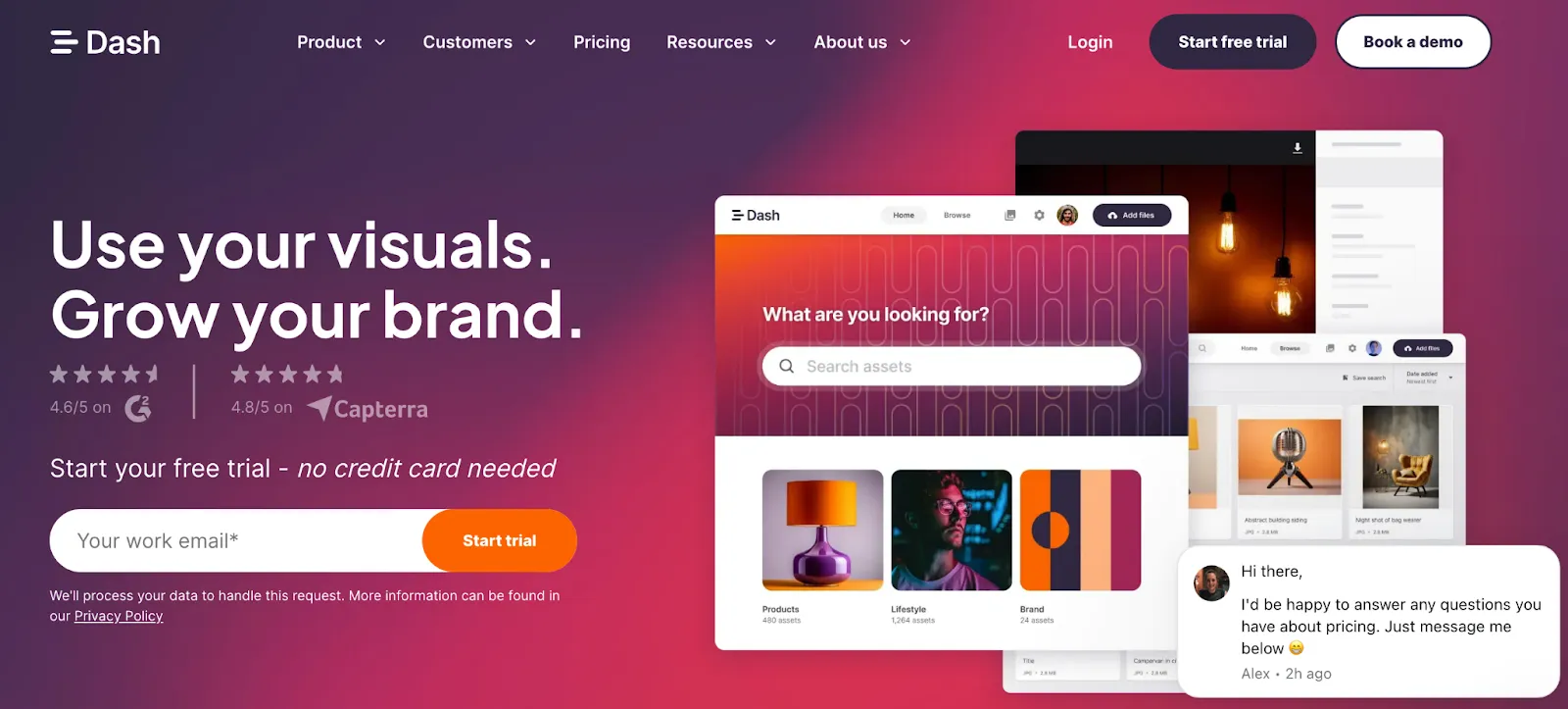
Dash focuses on ease of use, making it ideal for growing brands and small teams. Its intuitive interface and quick setup simplify video storage, sharing, and collaboration without overwhelming users with complex features.
4. Cloudinary
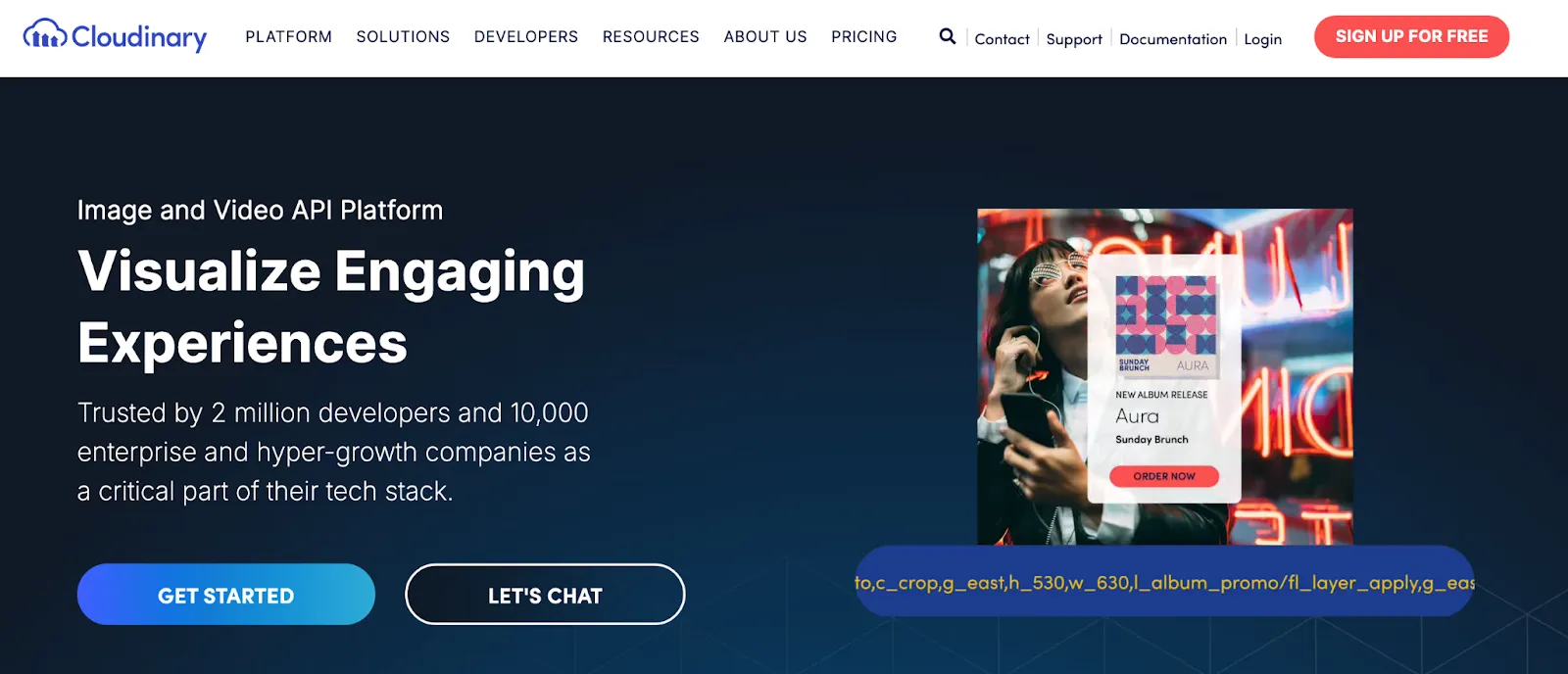
Cloudinary is known for its advanced video optimization, automated workflows, and fast delivery network. It’s a preferred choice for brands that need seamless video streaming and efficient content transformation at scale.
5. Others (e.g., Widen, Brandfolder, Air.inc)
Platforms like Widen, Brandfolder, and Air.inc also offer video management features, but vary in their level of sophistication and integration options.
How to Choose the Right Video Asset Management Solution
Choosing the right video asset management solution depends on your team’s unique workflows and goals. Consider these key factors before making a decision:
1. Identify your video content needs
Start by evaluating the volume of video content you manage, the formats you work with, and the size of your team. A solution that works well for a small marketing team producing short social videos may not meet the demands of a production-heavy enterprise.
2. Look for must-have features
Prioritize essential features like advanced tagging, AI-powered search, collaboration tools, and a reliable content delivery network (CDN). These core capabilities ensure your team can quickly find, manage, and distribute videos without workflow bottlenecks.
3. Check creative tool integrations

Ensure the platform integrates with your existing creative tools, such as Adobe Creative Cloud, Canva, or CMS platforms. Seamless integration reduces manual steps, enabling faster edits, versioning, and publishing.
4. Understand pricing models and budget fit
Video asset management solutions often have tiered pricing based on storage, users, or feature access. Compare plans carefully to ensure they fit your current budget and can scale as your video content needs grow.
Common Use Cases of Video Digital Asset Management Platform
Video digital asset management platforms support a variety of workflows beyond simple storage. Some of which include:
- Marketing campaign asset management
Video asset management platforms centralize campaign videos, from ads to promotional clips, in one secure location. Teams can quickly find, update, and distribute assets, ensuring brand consistency and faster campaign launches.
- Training and educational content
Organizations use video digital asset management to store training modules, onboarding videos, and educational content. Easy search and version control ensure employees always have access to the latest resources, improving learning and compliance.
- Social media video storage and reuse
With growing content needs across multiple channels, video digital asset management makes it simple to store and repurpose social media videos. Teams can quickly locate evergreen content, adapt formats for different platforms, and save production time.
- Product demo and testimonial libraries
From customer testimonial videos to product demonstrations, a video digital asset management system helps keep all sales and marketing collateral organized. This ensures teams have quick access to high-impact content for lead nurturing and sales enablement.
Bonus: Video DAM vs Cloud Storage Platforms
While cloud storage tools like Google Drive or Dropbox are handy for general file storage, they lack the specialized capabilities of a video digital asset management system. Here’s how they differ:
The Future of Video Asset Management
Video asset management is evolving rapidly, driven by AI and automation. AI-powered tagging and moderation are transforming how teams handle video content—making it easier to categorize, search, and ensure compliance at scale. This saves hours of manual work while reducing the risk of errors.
Besides, video digital asset management solutions platforms are enabling personalized video experiences—delivering tailored content for different audiences, markets, or even individual users, boosting engagement and relevance.
Finally, expect multichannel video publishing from a single hub, allowing teams to push content to websites, social platforms, and streaming channels with a few clicks. The future of video asset management is smarter, faster, and built to help brands meet the growing demand for video-first marketing.
Why the Right Video Asset Management Platform Matters
Managing video content at scale requires more than just storage—it demands tools that simplify collaboration, integrate with existing workflows, and maintain version accuracy.
A robust video asset management platform helps teams save time, reduce errors, and get more value from their video libraries.
Whether you're in marketing, e-commerce, or media, V-DAM platforms can help streamline workflows, boost team collaboration, and enhance your content's visibility and accessibility. BrandLife is built to meet these needs with:
Real-time collaboration
BrandLife lets you leave time-stamped comments, assign tasks, and approve edits directly within the platform. This helps keep feedback organized and speeds up production cycles.
Seamless integrations

BrandLife connects effortlessly with creative tools like Figma, Canva, Slack, and popular content management systems, so your team can work without switching between apps.
Version control

Every video revision is tracked and stored, giving you complete transparency and the ability to roll back to previous versions whenever needed.
Try BrandLife—start with our 14-day trial or use our free plan for up to 3 users and 1 brand, and see how our video digital asset management system can simplify your workflow.
Frequently Asked Questions
Digital asset management is a general system for managing multiple digital types, including audio, images, documents, and more. Whereas a video asset management solution is built for video workflows, offering features like time-stamped collaboration, transcoding, and high-speed video delivery.
Video asset management software helps businesses efficiently store, organize, and retrieve video content, reducing inefficiencies and improving collaboration across creative, marketing, and content teams. With platforms like BrandLife, teams can easily manage large video libraries, maintain version control, and ensure brand consistency across projects.
While Google Drive is a cloud storage solution, it lacks the specialized features that make a true digital asset management system, such as AI-powered search, version control, and metadata management. Platforms like BrandLife are purpose-built for managing video and creative assets, offering powerful collaboration tools, integrations, and workflows designed for content-heavy teams.





